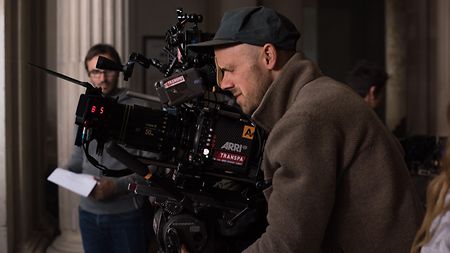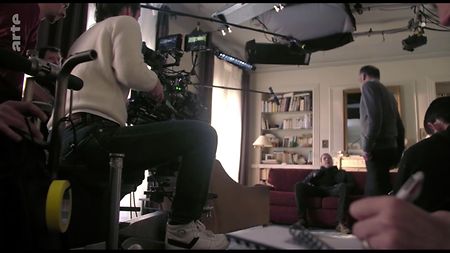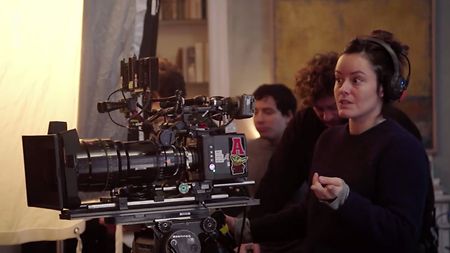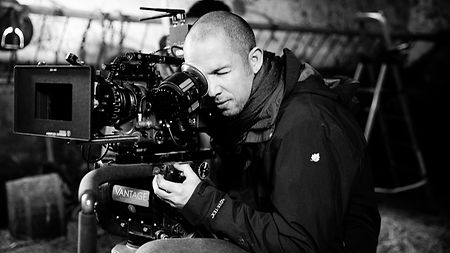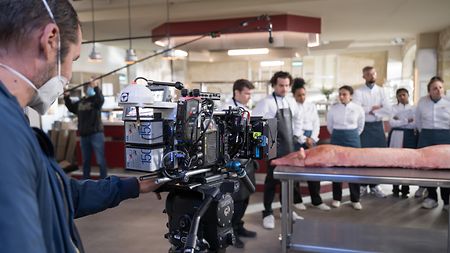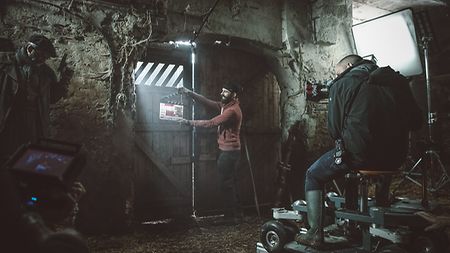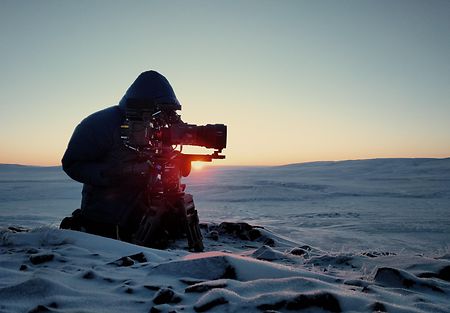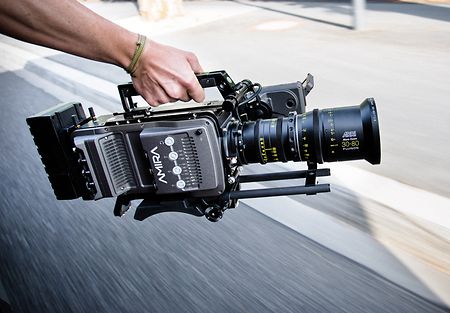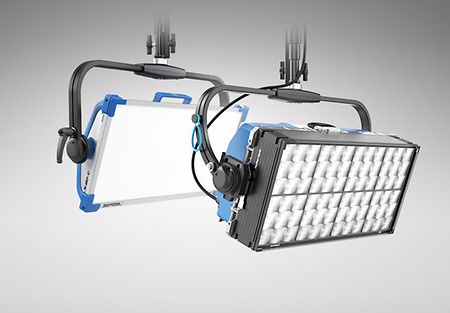“Paris Police 1900,” running on the French pay television network Canal+, “En Thérapie,” a production for Arte, and “Ici Tout Commence,” a daily prime-time series that has been airing on TF1 since November 2020, have more than their original language in common. Their pilot seasons were all shot on the ARRI ALEXA Mini or ARRI AMIRA with the help of ARRI lighting fixtures. By delivering cinematic images, made possible by ARRI equipment, these network producers and broadcasters in France have been able to compete with the very high bar being set by American streaming platforms in terms of image quality.
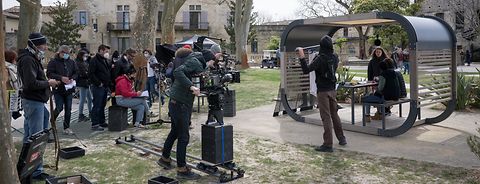
ARRI cameras and lighting convince decision makers behind French television
With the use of ARRI equipment, including ALEXA Mini, AMIRA, and SkyPanels, several French television producers and broadcasters are upping their game with cinematic images.
